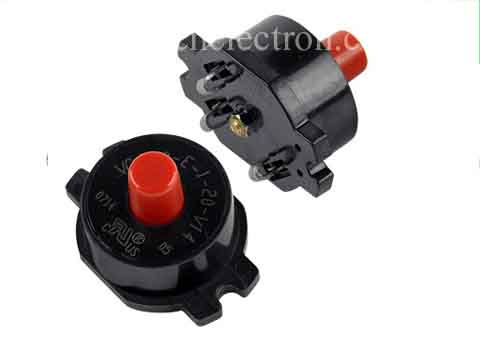The difference between short circuit protection and overload protection

Short-circuit protection is a fault in the circuit. For example, the resistance of the wire is almost negligible without passing through the load. Therefore, the huge current generated instantaneously provides a cut-off power supply to prevent equipment damage and accidents. Overload protection means that when the total current caused by the load in the starting state of the circuit exceeds the rated current that the segment of the wire can withstand, the power supply is cut off to prevent the wire from being damaged. Under normal conditions, a flat copper wire can withstand a current of 5A.
The so-called overload protection, also known as overcurrent protection. The so-called overcurrent, that is, the current flowing through electrical equipment and lines, not only exceeds its rated current value, but also exceeds the time it is allowed to withstand. Overcurrent allows for both overcurrent and fault overcurrent. When the squirrel cage motor is started, its starting current is much larger than the rated current, but it does not exceed the time allowed for it, so it is allowed to overcurrent. Overload protection is for fault overcurrent. Short circuit is also an overload and is a serious overload phenomenon.
It can cause great damage to electrical equipment and circuits, and even cause fires. Overload protection generally uses an inverse time overcurrent protection device, that is, the greater the current flowing through the protection device, the shorter the time limit of operation. The fuse also has a certain inverse time characteristic. There are also bimetal thermal relays. Short-circuit protection generally uses momentary motion. There are electromagnetic, electronic and other forms.
Short-circuit protection is caused by short-circuiting of the neutral and fire wires, and overload protection is protection caused by excessive load. Short circuit protection is a malfunction in the circuit.
Short-circuit protection is caused by short-circuit currents that cause electrical insulation damage to electrical equipment. Motors and electrical equipment are mechanically damaged, so it is required to cut off the power supply quickly and reliably. Overload protection is provided to prevent the three-phase motor from exceeding the rated value during operation.





